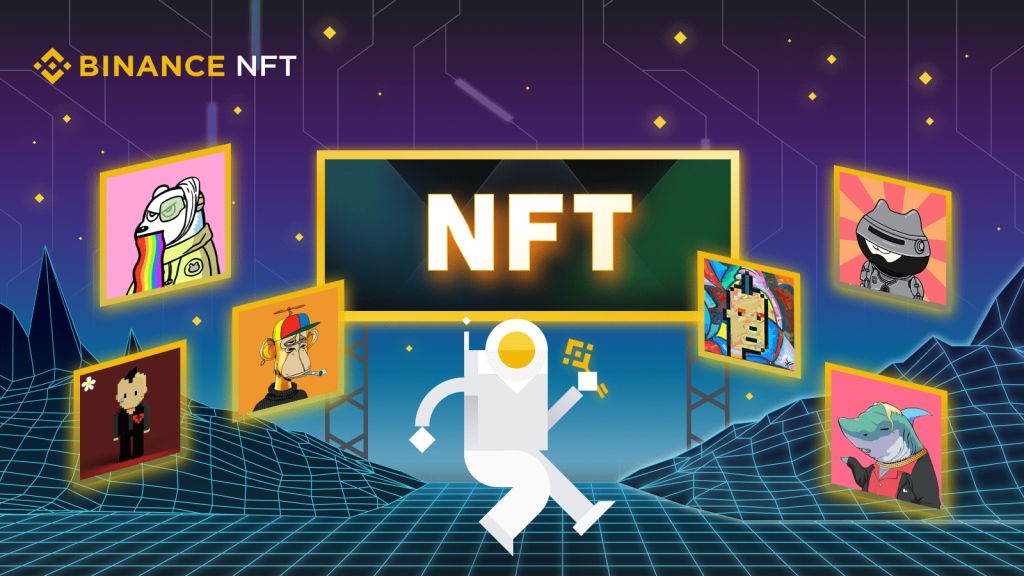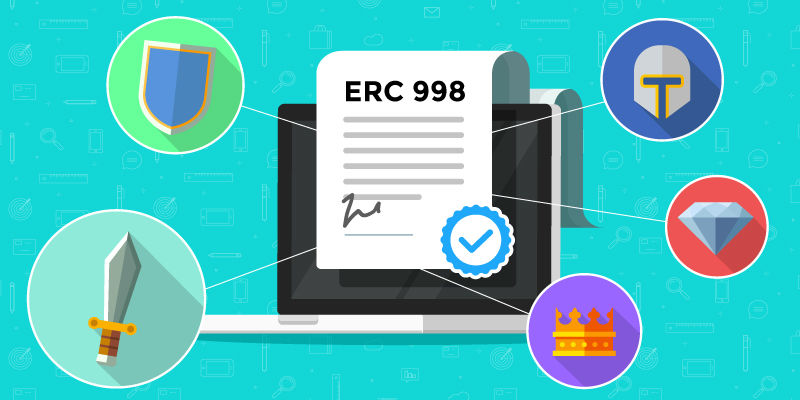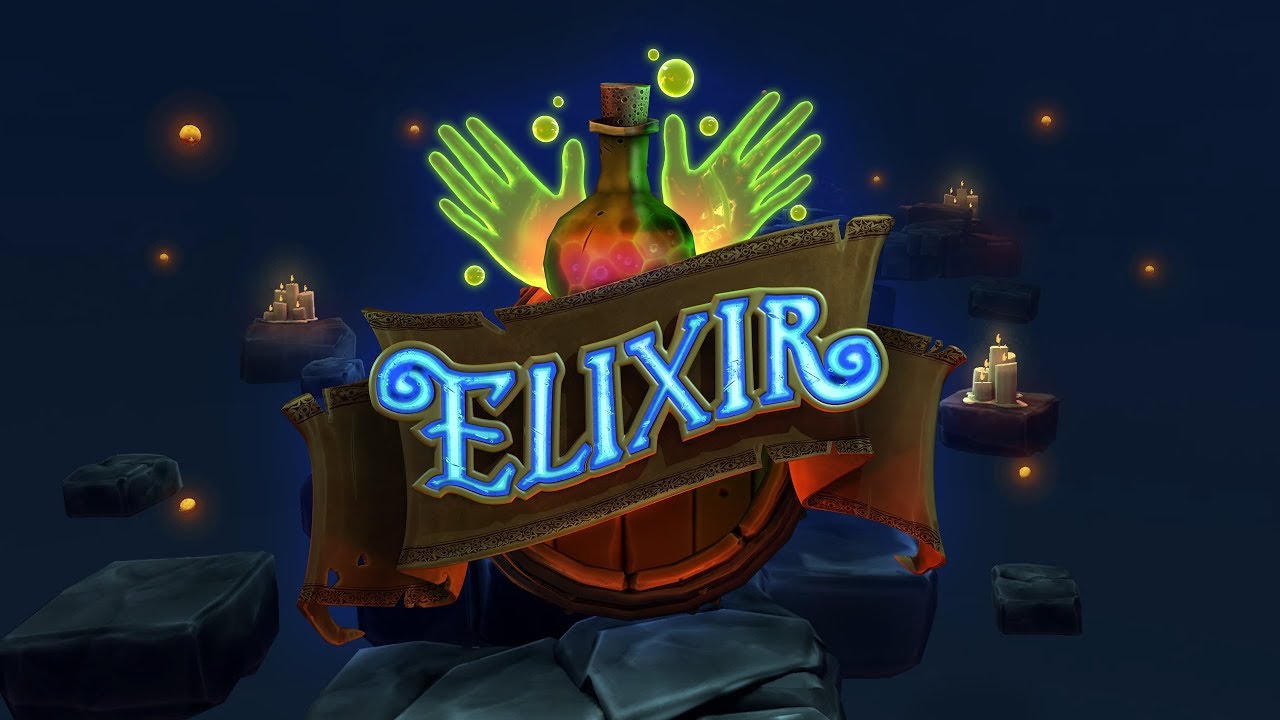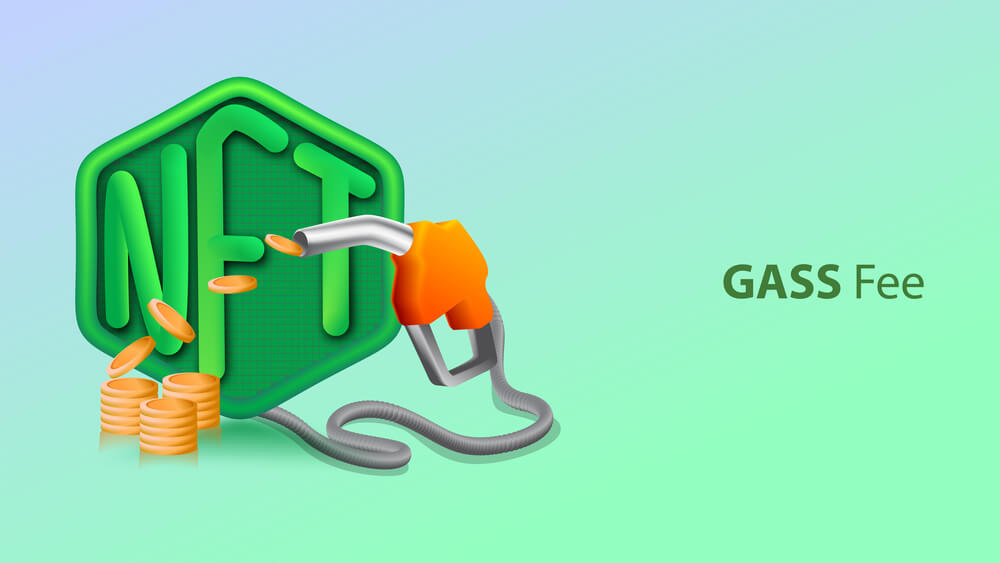Non-fungible tokens (NFTs) and blockchain gaming have experienced a surge in popularity. As we head into 2024, the trend shows no signs of slowing down. Looking into the future, NFTs are expected to be a driving force behind blockchain gaming adoption, and several notable trends are set to shape the exciting landscape.
Play-to-Earn vs. Play-and-Earn
As blockchain gaming continues to gain momentum, the traditional Pay-to-Play” model is getting challenged by the emergence of the “Play-to-Earn” approach. The model lets gamers earn money while playing games, offering a new source of income for gamers. Nonetheless, the model has also faced lots of criticism due to its unsustainable nature. It relies mainly on financial rewards and can result in exploitative gameplay.
Conversely, the Play-to-Earn model presents a more enduring option. Through the incorporation of NFTs into the gaming environment, participants have the opportunity to accrue not only monetary rewards but also exclusive in-game items and experiences, enriching their overall gaming journey. This strategy additionally fosters community involvement and player collaboration, establishing a more comprehensive and gratifying gaming atmosphere.
In the coming years, we can expect to see a shift toward the sustainable Play-and-Earn model as more game developers adopt NFTs and explore new methods of incentivizing gameplay past the financial rewards.
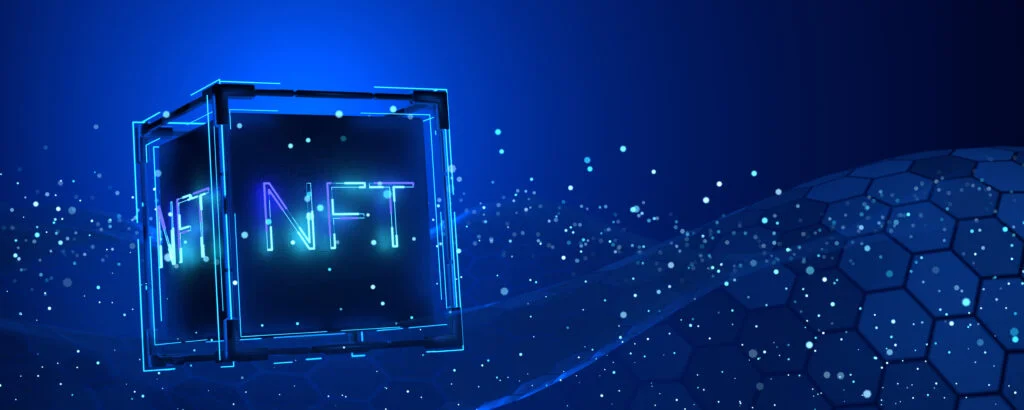
Beyond In-Game Items: Evolving Utility Of NFTs
The potential uses for NFTs in gaming spread beyond the basic in-game assets that we see today. Envision dynamic NFTs that evolve and adapt in response to a player’s advancements, imbuing them with genuine uniqueness and value. Anticipate the emergence of increasingly interoperable NFTs, capable of traversing multiple games, thereby offering players a smoother and more integrated gaming experience.
Another notable trend is the concept of NFT-based land ownership in virtual worlds. This lets gamers own and develop their piece of the virtual world, forming a sense of ownership and investment in the game. As mentioned previously, the rise of “utility NFTs” will offer access to communities, exclusive events, and guilds, further expanding the possibilities for NFT utility in gaming.
Improved User Accessibility And Experience
One of the largest barriers to the mass adoption of blockchain gaming is its complex interface and high gas fees. Nonetheless, with the development of Layer 2 solutions and enhanced user onboarding processes, these challenges are being addressed. That will improve the general user experience and make it highly accessible to a bigger audience.
Furthermore, the entry of mainstream gaming studios into the blockchain sector marks an integral shift. The studios bring expertise in creating top-quality games, promising integration of engaging gameplay and the distinct benefits of blockchain, like item scarcity and ownership. The incorporation is important for attracting traditional gamers and bridging the gap between traditional and blockchain gaming.
The Metaverse Connection
The Metaverse concept, a virtual world where users interact and engage with one another in real-time, is gaining popularity. With the infusion of NFTs, gamers can now own and trade virtual assets across various metaverses, developing a unified and interlinked gaming experience.
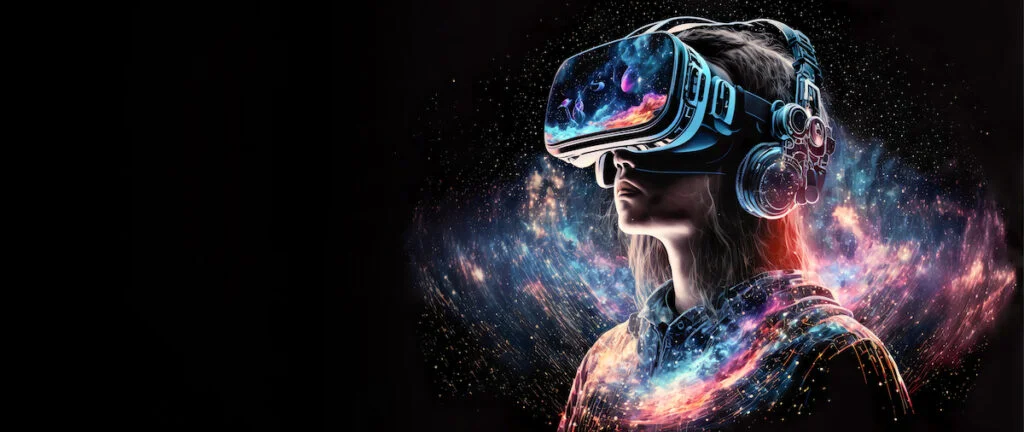
Incorporating NFTs in the metaverse redefines traditional concepts of virtual asset ownership and interaction. It has managed to blur the lines between the digital and real worlds, creating a new reality where digital assets possess real-world value and significance.
Beyond gaming and entertainment, the shift opens new ways for social interaction, economic activities, and cultural expressions in the digital space, pointing towards a future where our physical and virtual realities are smoothly interconnected.
Environmental Concerns And Sustainability
As with all other emerging technologies, blockchain and NFTs have faced lots of criticism for their environmental impact. In response, the sector is adopting various measures such as carbon offsetting, where investments are made in environmental projects to help balance the carbon emissions that are caused by blockchain activities.
Moreover, a considerable shift is happening towards more eco-friendly consensus mechanisms, shifting away from energy-intensive proof-of-work (PoW) systems to various alternatives such as proof-of-stake (PoS). These measures are important for reducing the ecological footprint of blockchain and NFTs and guaranteeing their sustainable long-term viability.
Challenges And Opportunities
Similar to any industry, there will invariably be hurdles to surmount. Challenges such as fraud, security vulnerabilities, and regulatory ambiguities pose issues for the blockchain gaming sector. Nevertheless, as the industry progresses and reaches maturity, there is a likelihood of witnessing the establishment of more robust regulatory frameworks aimed at safeguarding both players and investors.

Implementing intensive regulatory measures resolves the existing challenges and paves the way for new opportunities in the blockchain gaming world. As the sector adheres to higher security and transparency levels, it becomes highly attractive to a bigger audience, including mainstream gamers and some serious investors.
The regulatory change might catalyze innovation, as developers and firms aim to create new gaming experiences that comply with the new guidelines while also leveraging the distinct benefits of blockchain technology.
The Takeaway
The transformative impact of NFTs on blockchain gaming is unmistakable. As NFT adoption continues to rise, the emergence of a more sustainable Play-and-Earn model becomes increasingly evident, promising players a more gratifying and immersive gaming experience. The expanding functionalities of NFTs are poised to unlock novel opportunities for gameplay and ownership within virtual worlds.
Enhanced accessibility and the integration of NFTs with the Metaverse will also drive adoption and innovation in the space. As sustainability becomes a key focus, we can now expect to see more eco-friendly solutions being developed. In general, the future of NFTs and blockchain gaming is highly exciting, and we can look forward to seeing how it will evolve in the coming years.


